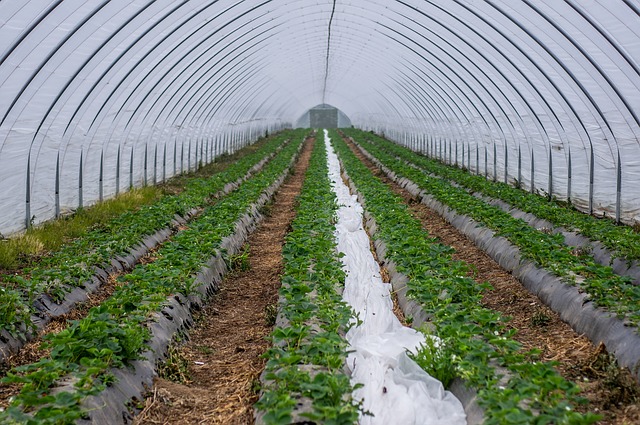INTRODUCTION
Sustainable Agriculture: It is defined as sustainable farming or agricultural practices in sustainable ways. It includes sustainable agriculture practices that meet the food and textile demands of the current society without compromising the capability of the upcoming generation to meet their demands in the future. Sustainable agriculture is based on the services of the ecosystem.
Check out: What is Agroecology? Importance and Impact on Environment
SUSTAINABLE AGRICULTURE PRACTICES
The human population is growing at an alarming rate; the demand for food is also increasing. Crop yield is directly linked with soil health. Old traditional methods of agriculture and irrigation are resulting in desertification. In such a scenario, it is feasible to adopt sustainable agriculture practices.
1. Organic Farming: It is an agricultural system that utilizes eco-friendly pest control techniques and bio-fertilizers based on plant and animal waste to produce nitrogen-fixing crops. Organic farming is associated with ecological benefits because it doesn’t involve the use of synthetic fertilizers.
Read: What is Biodynamic Farming? – Methods and Advantages
2. Integrated pest management: It includes three basic terms that are chemical, cultural, and biological practices to manage pests in crop cultivation. These three terms are integrated into one method known as integrated pest management. It is described as the use of natural parasites/predators to control pests. If pests are not controlled in this way then chemical pesticides are used to suppress activities of pests.
3. Composting: Compost is formed by composting that is the decomposition of organic matter into less complex inorganic and organic compounds. It is a natural way of recycling organic material into compost such as food waste, yard waste, farm waste, etc.
4. Drip Irrigation: It is a method by which the evaporation of water is minimized during the irrigation process. It includes the direct and slow supply of water and nutrients to the root zone either above surface soil or buried below soil.
5. Crop Rotation: It is the practice of producing various kinds of crops within the same area following the sequence of crop seasons. It has many benefits that are less resistive pests and weeds, a different set of nutrients available to crops, and less dependence on pests and weeds.
Also read: Biodynamic Farming Benefits and Importance for Environment
6. Cover Crops: These crops are planted as a cover to the soil. Cover crops protect soil from erosion; maintain soil quality and fertility. These crops are not harvested so cover crops include agroecosystem by managing pests and diseases, wildlife and biodiversity, weeds, water sources as well.
7. Bio-fertilizer: It is a matter that consists of living microorganisms that provide nutrients to plants and encourage plant growth. Bio-fertilizers are means of nutrient supply to growing plants.
8. Urban Agriculture: It is an agricultural practice of growing, producing, and allocating food around the urban areas. This term includes horticulture, aquaculture, urban beekeeping, mushroom farming, animal husbandry, etc.
You might also like to read: What is Plant Grafting? Techniques, Uses and Importance
CONCLUSION
Climate change and natural disasters are putting stress on an entire crop production system. Sustainable agriculture practices are essential for tackling the impacts of extreme weather events and environmental pollution. Water reserves, soil health, and atmospheric conditions should be protected and this is possible by adopting sustainable approaches towards the ecosystem.
Also check out: Hydroponics – The Future of Agriculture?
I hope you all liked this post! Please comment below if you have any suggestions, comments, or feedback! We at #envpk love hearing from our readers! Thanks!




